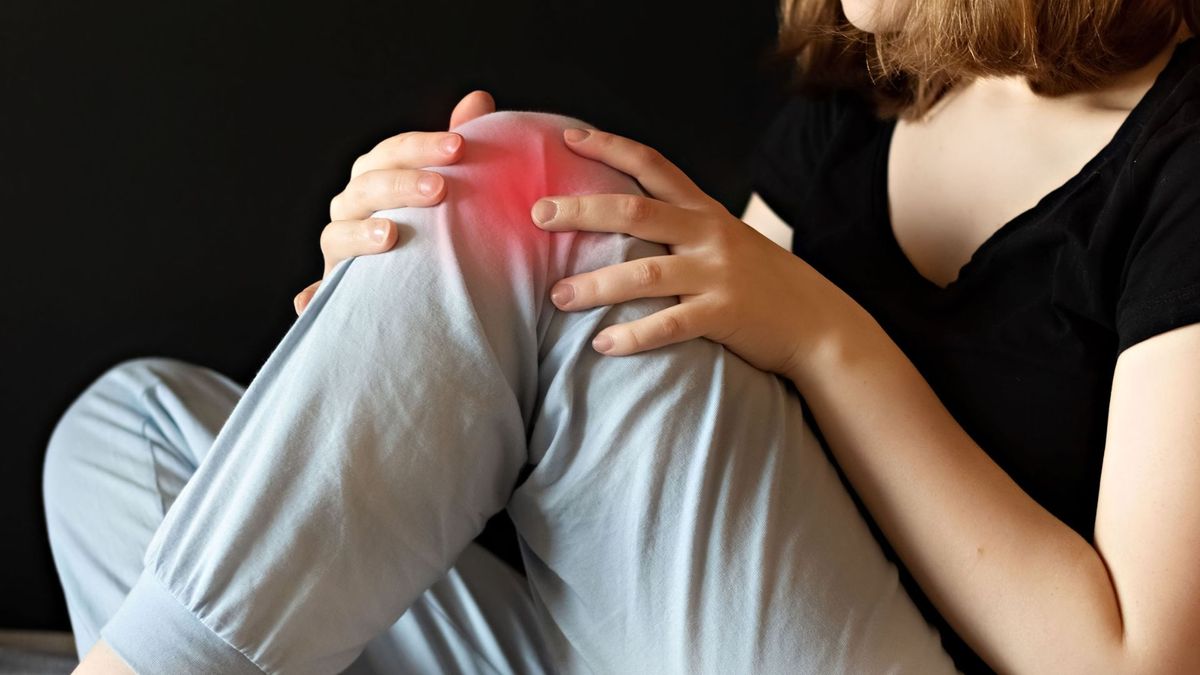Shoulder and knee joint pain can be a significant hindrance in life. It can limit your daily activities and impact your ability to perform even basic tasks, affecting your overall quality of life.
Understanding the causes and symptoms of this pain is crucial. It can help you make informed decisions about your healthcare.
This article aims to provide comprehensive information about shoulder and knee joint pain. It covers everything from causes and symptoms to treatment options and prevention strategies.
Whether you’re experiencing joint pain or seeking to prevent it, this article is for you. It’s also for caregivers, family members, and fitness enthusiasts interested in maintaining healthy joints.
By the end of this article, you’ll have a better understanding of your condition. You’ll also learn practical advice for managing pain and improving joint health.
Let’s delve into the world of shoulder and knee joint pain and explore ways to enhance your quality of life.



